ADDRESS AT THE INAUGURATION OF THE GOLDEN JUBILEE CELEBRATIONS OF THE HIGH COURT OF KARNATAKA, BANGALORE
07-04-2006 : Bangalore
Societal Harmony through Justice
I am delighted to participate in the Golden Jubilee celebrations of the Karnataka High Court. I greet Hon?ble Justices, President of the Karnataka High Court Bar Association, distinguished legal personalities and other participants. During the last five decades the Karnataka High Court has dealt with many critical cases of national importance and has provided landmark judgments. I congratulate the Hon?ble Judges, members of the bar association and the legal luminaries both present and past who have built a robust institutional framework for Karnataka High Court over the last five decades. When I am in the midst of Legal and Judicial community, I would like to discuss on the topic "Societal Harmony through Justice".
Our judicial system is a reflection of the current dynamics of the society and has the potential to be an enabler in transforming the society in its dynamic development process. As the ultimate protector of human rights and the final resort for dispensation of justice, the citizens of India look up to this institution with respect and eternal hope. This casts a very heavy responsibility on the entire judicial system to live up to the expectations reposed in it and to maintain the sacred aura attached to it unsullied. Qualities of honesty and integrity are inherent to these expectations.
Importance of speedy justice
In a developing economy, for that matter in any modern economy, there is an urgent need to implement nationally relevant and important projects in a time bound manner. While the Courts are the guardians to protect the projects from the onslaught of from and machinations of unscrupulous individuals or groups, the Courts also have a responsibility to ensure that honest implementations are not impeded by unsustainable or motivated litigations and PILs or honest persons vilified through public glare based on such filings. This dual role of the judiciary places enormous responsibility on the shoulders of the Courts and the nation?s development is equally dependent on the dynamism and the innovativeness of the judicial system. Hence, there is an urgent need to ensure that no justice is delayed and the situation existing today is remedied soon. Though, I have cited an example from the projects of the national outlook, this is equally valid even for the litigations that concerns individual citizens and organisations as well. Human rights of many persons are being violated through charges made by certain groups and cases filed which take many years to come to final decision. Years lost don?t come back to individuals or their families. Hence, there is a need to constantly improve the justice delivery systems. In addition we can use number of systems such as societal reforms, delivery of justice at the rural level itself through intervention by rural societal leaders, use of mobile legal aid clinics as done by some High Courts, age analysis and grouping of cases and use of ICT as a catalyst for delivering speedy justice as Karnataka High Court is doing. I would like discuss some of these systems.

Transparency starts from Home
On 21st November 2005, I had visited Adhichunchanagiri Math, attended a function of FUREC (Foundation for Unity of Religions and Enlightened Citizenship) and interacted with over 54,000 students of various schools and colleges of Karnataka. There a 10th class student Ms. M. Bhavani studying in Adichunchanagiri Composite High School, Sharavathy Nagar, Shimoga asked me the following question.
"Dear Sir, What is the role of students to stop corruption which is deeply rooted in our county just like cancer?"
Agony of the young mind is reflected in this question. For me it was an important question, since it comes from a young mind. Definitely, the self-esteem of every Indian is affected when someone says India is a corrupt nation. I was thinking what type of solutions we could give. My thought process was the following:
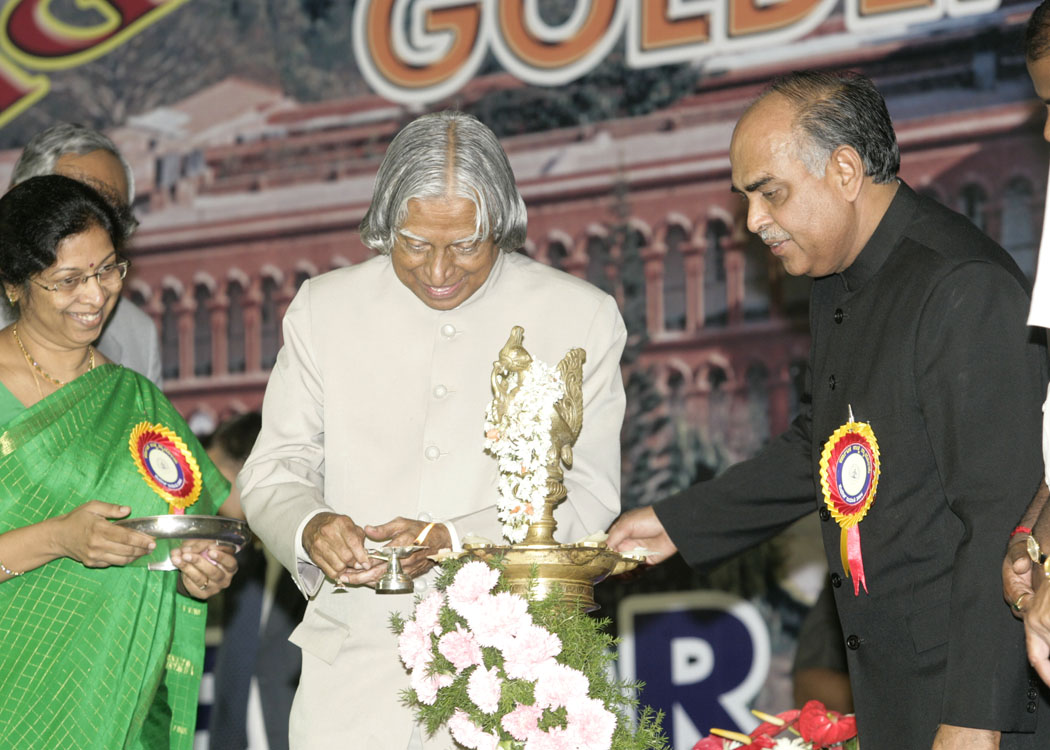
I said there are one billion people in the country and nearly 200 million homes. In general there are good citizens everywhere. However, if we find that people in few million houses are not transparent and not amenable to the laws of the country, what can we do? In these houses apart from father and mother, they have one daughter or one son or both. If the parents in these houses are deviating from the transparent path the children can use the tool of love and affection and correct the parents to come back to the right path. I asked all the children assembled in that gathering, in case parents of a few children get deviated from transparency and resort to dishonest methods to get gains for themselves or the family or friends, will you children boldly tell your parents, father or mother, you are not doing the right thing, that is what we are taught by you and in the school. Most of the children spontaneously responded, "We will do it". The confidence comes from them that they have love as a tool. Similarly I have also asked the parents in some other meeting. Initially there was a silence, later, many of them hesitantly agreed that they would abide by the children's suggestion since it is driven by love. The children took an oath from me. The oath was "I will lead an honest life free from all corruption and will set an example for others to adopt a transparent way of life". Finally I told the students that they should start a movement starting from their home. I hope they do.
On 8th December 2005, I was talking to some of my friends. During the conversation my friends told me about certain instances which they have observed where the children are not in talking terms with their father or mother if he or she is perceived to be not transparent. This reinforces my thought that the children can definitely bring a change for making our country as a whole transparent and become a proud nation. Now I would like to discuss on the topic of pendency in litigation and certain remedial measures. Now, as enlightened judicious luminaries, you should spare time on eliminating corruption. I feel specific contribution from you to include the following: Based on the vast experience of dealing with many cases, you may suggest streamlining and reengineering of procedure that would make us transparent and remove the possibilities for corruption.
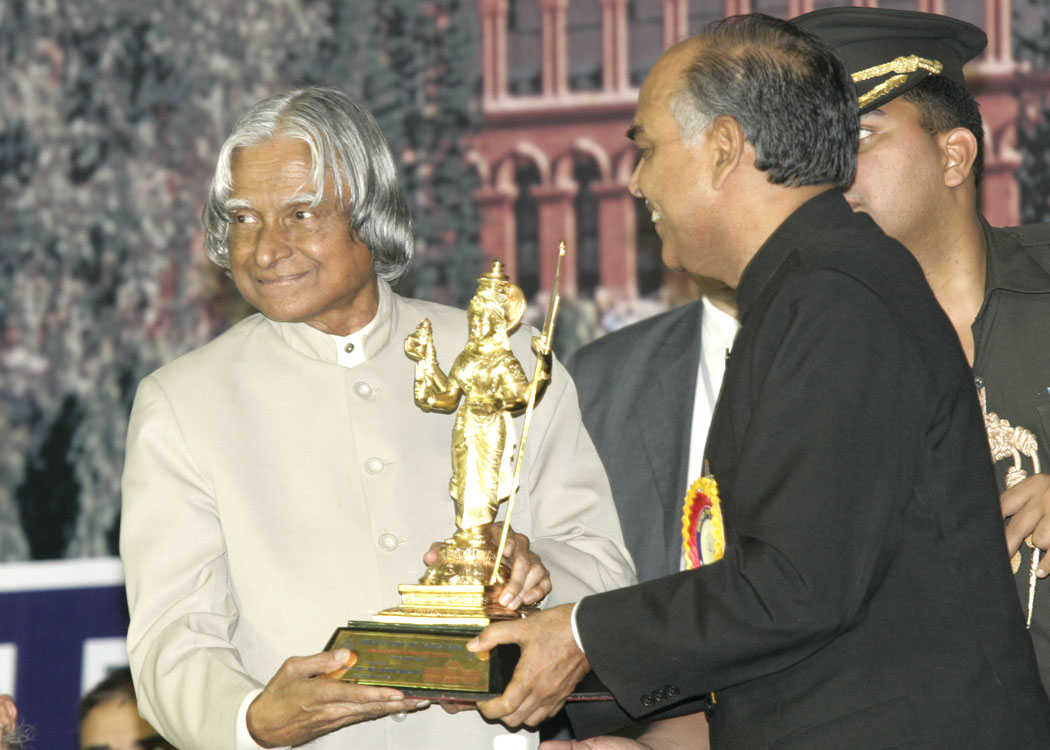

Dispute resolution through human touch
I would like to share my experiences in Rameswaram. Almost every day after the evening namaz my father used to come back and sit outside. Each day about 10 to 20 families or at times individuals would come to my father and tell their problems on land and house disputes, marriage conflicts and issues involving forsaking of elderly parents and get solutions. They will get a solution within two or three days. In a similar way, my mother used to meet many womenfolk on Fridays. They will seek her advice. My elder brother himself was Panchayat Court President. The court had five good human beings from various walks of life and with one State Government representative. In those days in that region, the caste system was not visible at all. I used to see many disputes of human life being settled in our own rural environment. Only if the disputes are not settled at these two levels, they used to resort to higher courts. After 1970s, all these systems with human touch vanished and most of these disputes are directly piling up in courts. I feel, since the Panchayat environment is emerging in rural areas, the judicial system at the Panchayat level also can take a shape with the same type of human touch without the influence of political parties and the related biases vis-�-vis individual and families. This may reduce the load in our courts. It is generally said that ?law is somewhere and justice is somewhere else?. In the rural judicial system justice is always with the truth. A similar system of dispute resolution I saw in Chitrakoot in Madhya Pradesh, where I met Shri Nanaji Deshmukh (Age 90+) and his team members belonging to Deendayal Research Institute (DRI). DRI is a unique institution developing and implementing a village development model which is most suited for India. Apart from all these development activities, the institute is facilitating a cohesive conflict free society. As a result of this, I understand that the eighty villages around Chitrakoot are almost litigation free. The villagers have unanimously decided that no dispute will find its way to court. The differences will be sorted out amicably in the village itself. The reason given by Nana Deshmukh is that if the people fight among each other, they have no time for development. I consider that this model must be propagated throughout the nation. The Karnataka High Court can suggest to the village authorities to introduce a system of out of court settlement in villages with the assistance of reputed unbiased persons in the region. This will enable settlement of large number of cases in the village itself, leading to a harmonious atmosphere in the villages.
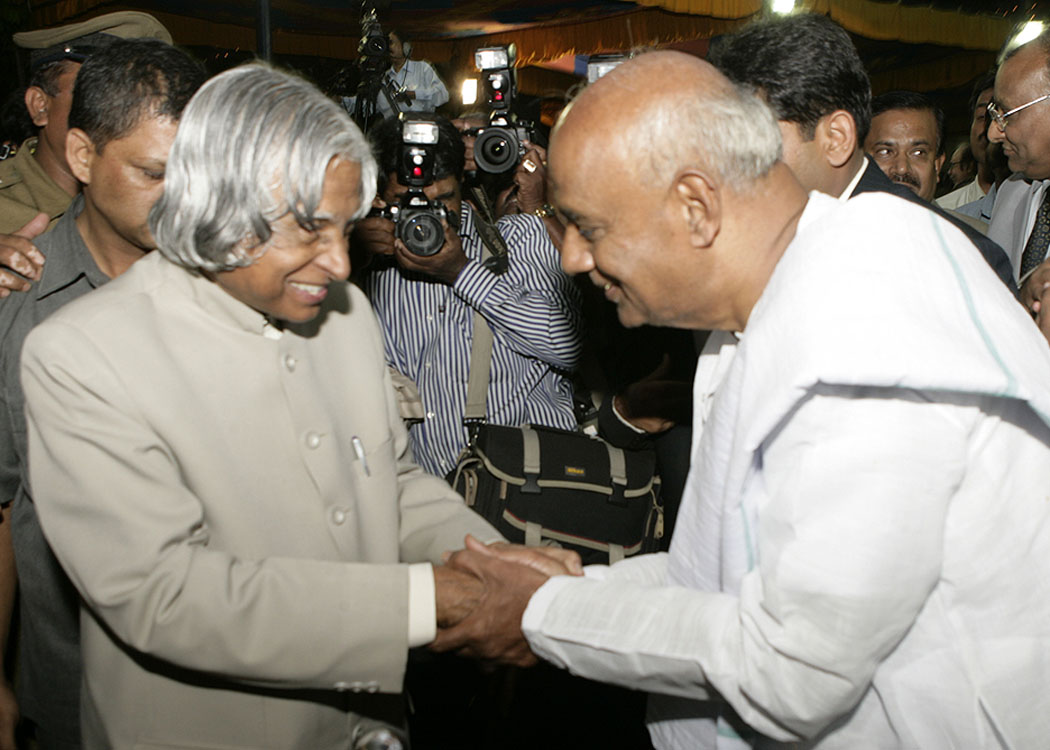

Mobile Legal Aid and Lok Adalat
Recently I inaugurated a Mobile Legal Aid and Lok Adalat System in Bihar in continuation of Gujarat Model. I would recommend creation of a Mobile Legal Aid and Lok Adalat for Karnataka also. I would also suggest that all Mobile Legal Aid and Lok Adalat spread in different parts of the country can be networked. The number of cases settled in each month can be presented. This will provide the transparency to the villagers and many will come forward for getting their cases settled. Eventually, speedy settlement of number of cases will bring down the pendency in the Courts and also provide the rural people the necessary peace in their mind which will enable them to apply their effort towards development tasks. In the Golden Jubilee Year Karnataka High Court can consider creation of Mobile Legal Aid and Lok Adalat for the on-the-spot settlement of cases in rural areas.
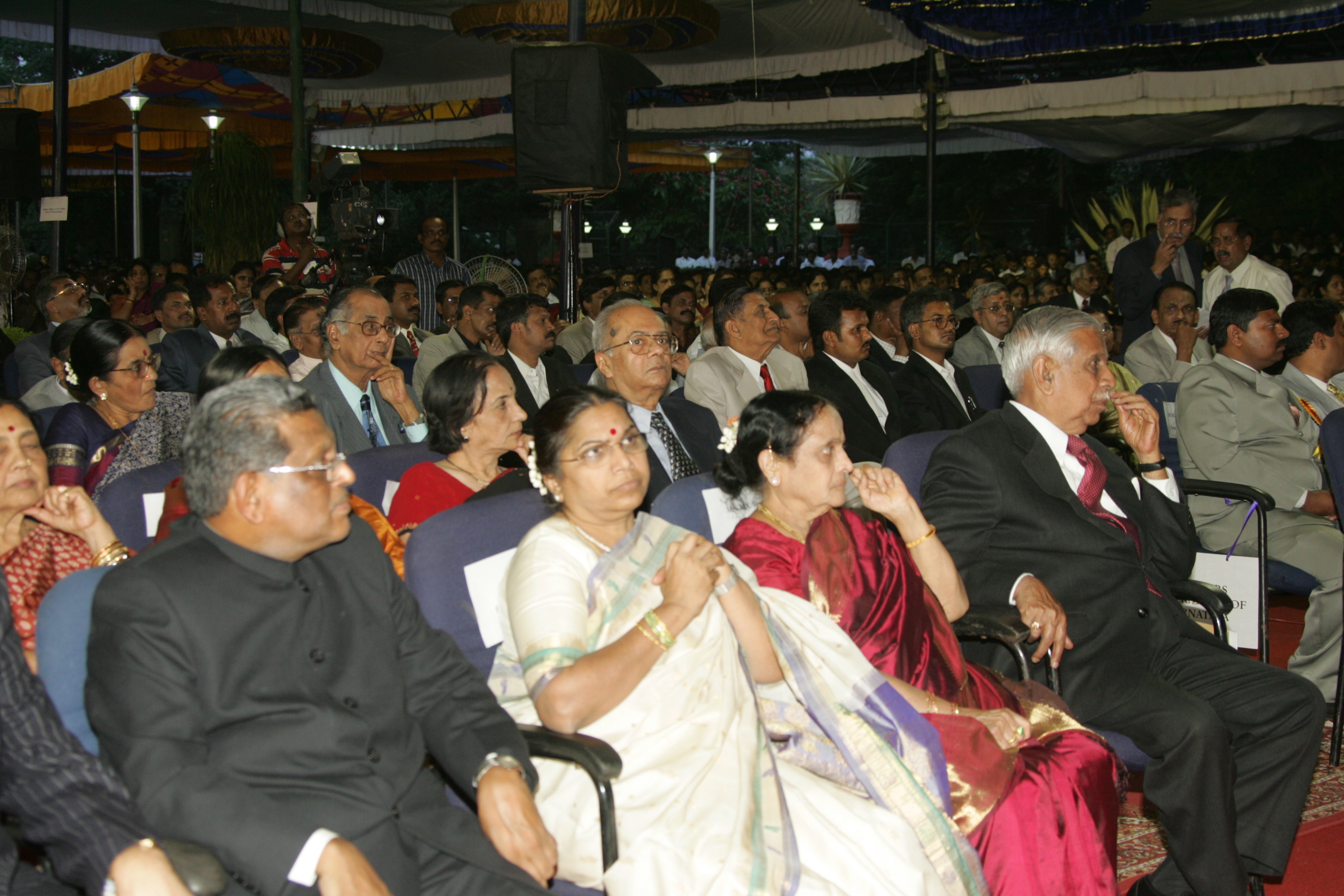

Age analysis of the cases
I would suggest that the Hon'ble Justices assembled here may like to organize the conduct of a systematic analysis of the "age" of the pending cases in the High Court and in the district and sessions Courts. If we carry out such an exercise, it may be possible we may find cases which are pending for five years, ten years, fifteen years, twenty years, thirty years and so on. On further examination of the cases we may find that the parties who are involved in the litigation of very old cases are either not there or they may not be interested in pursuing the case any more. If this process is systematically done, in my opinion at least twenty five to thirty percent of the total pending cases can be closed in one go. I understand that this procedure has been adopted in Delhi High Court and has resulted in closing of many cases. Simultaneously, along with this analysis, grouping may also be done to sort out the cases in which same or similar law points are involved so that these cases would be placed before a particular judge or a bench for disposal. The combined process of age analysis and grouping will definitely result in disposal of a large number of pending cases. At this stage itself, computer based sorting out methodology will be useful.

Karnataka Litigation Pendency Clearance Mission
Fortunately, India has had a number of successful mission mode programmes in agriculture, nuclear technology, defence research, space technology and recently in IT and Pharma sectors. We can use the experiences from these programmes and evolve a ?Judiciary Programme Management Group? with empowered team of IT and legal members for reducing the pendency of cases in the State of Karnataka in a time bound manner. This programme management group must have the authority to create mobile pendency clearance courts which can move to various districts and blocks for hearing the cases in the village itself and provide speedy justice. I was very happy to see, certain cases where the justice was administered speedily. One case pertains to rape case in Rajasthan and Maharashtra and the other pertains to theft cases in Tamil Nadu. These are good models for emulation for speedy justice delivery system.
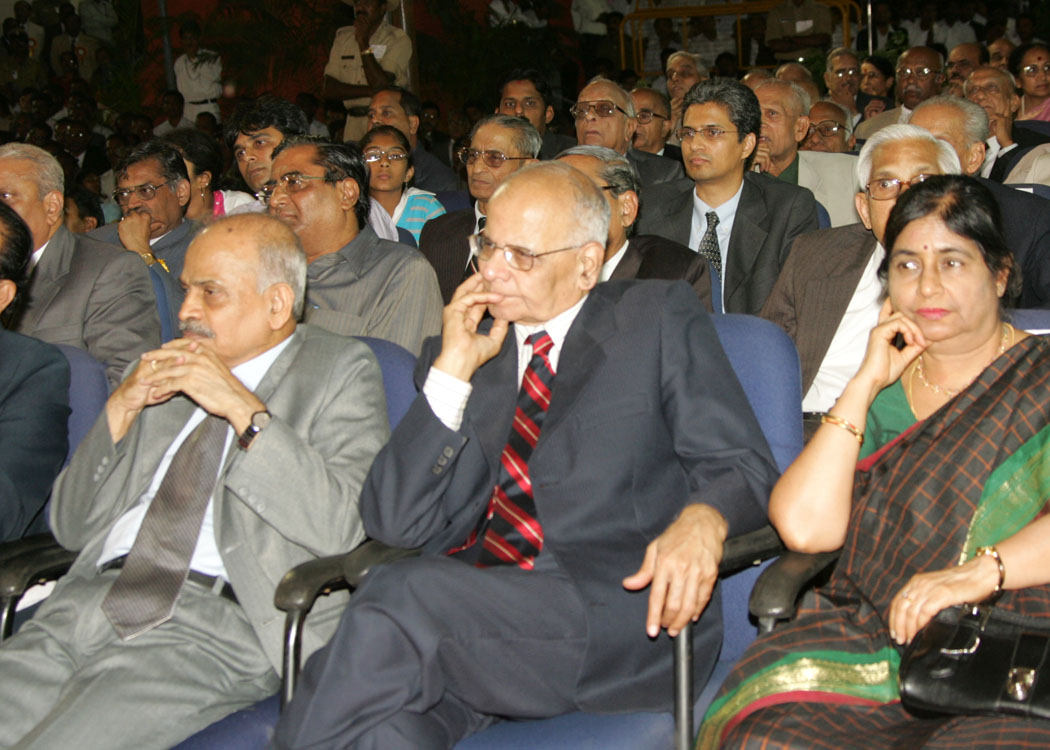

Potential of e-Judiciary
I am very happy that Karnataka High Court has made pioneering contribution in computerization of the High Court and the Subordinate courts through the development of customized software called "Litigation Management System" for the subordinate courts and "High Court Management System" for the High Courts. This has resulted in the total computerization of High Court of Karnataka and the 617 subordinate courts in the state. In addition to this, there is a need to work out a total e-judiciary system for implementation by our Courts. From the time the case is registered, till it is disposed off with judgment, the entire processing must take place electronically. This will enable easy search, retrieval, grouping, information processing, judicial record processing and disposal of the cases in a transparent manner and enable quicker disposal of cases. At any time the complainant should be able to find out, what is the stage, what Court, what date and what subject will be dealt with by the Court during a particular hearing, enabling him to be fully prepared for the case. Apart from bringing in total transparency in the case, the judges can also see how the case has progressed, how many adjournments have been sought, whether the grounds are trivial or serious and many such information which will make the delivery of justice impartial. I am very happy to mention that action for connecting all the fifteen thousand courts in the country from the District Court to the Supreme Court through a Wide Area Network has been approved by the Government. This I consider is very important and should be completed through a mission mode/ time bound operation.
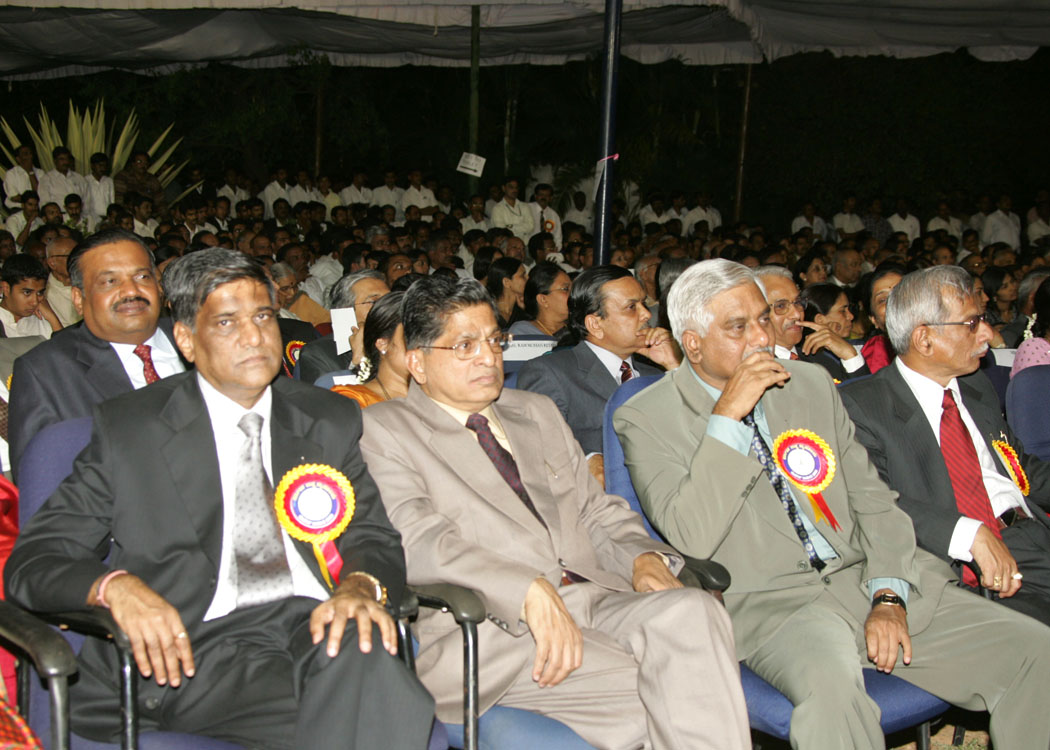
The video conferencing offered has to be used in a large way. This saves enormous amount of expenditure and the unnecessary movement of police personnel and under- trials and avoids unpleasant incidents that would have happened during the transit. The High Court of Karnataka has taken the initiative of using the video conferencing facility from the central prisons to some of the district courts in order to ensure that time and money are not spent only for the production of undertrials before the court. Many countries including Singapore and Australia have also been experimenting with Internet Courts and a legal consultation service which can pre-advice the potential litigants about the legal correctness of the case, that he or she wishes to pursue. In this respect also, I find that Karnataka is the first state which is importing data from all the district and taluk level courts through internet facility. Now I would like to discuss the methods through which we can bring about purity in judiciary. Justice is a result of the transparent performance of multiple organiations including Judiciary. I would like to share the model which I have prepared for the views of the members of Karnataka Judiciary.

Judiciary and Purity
A. I have studied the judiciary and legal process in the country. Every citizen wants purity in the system. My study indicates that there are several interfaces in the total system. They are:
1. Political Leaders
2. Law makers - MPs and MLAs
3. Citizens
4. Administration
5. Police
6. Lawyers and Law School
7. Judges - Supreme Court, High court, Sub-
ordinate courts
8. Media
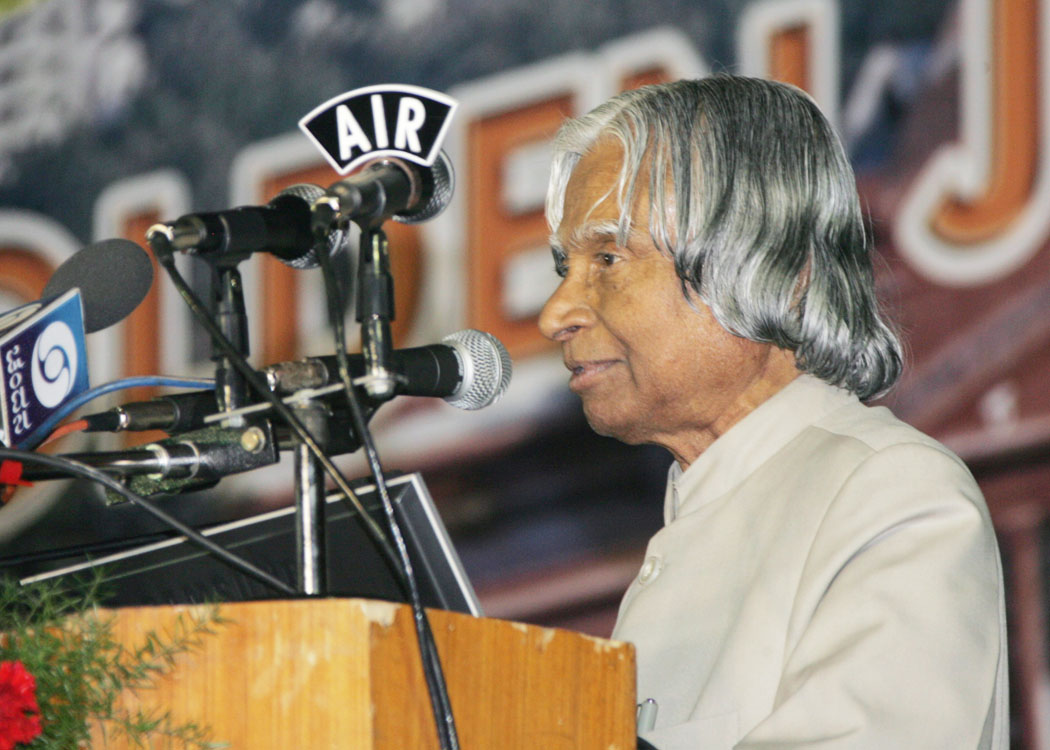
B. Every interface has to be transparent and pure, then only an integrated solution from Judiciary will emanate.
1. Political leaders
Respect the law and do not use the processes of power to circumvent the law of the land. Political leaders should set an example for the civil society.
2. Law makers
Simplify the Law, discard irrelevant old Acts. Make the system in such a way the dispensation of justice takes place fast and fair.
3. Citizens
Respect for others rights and also attempt to use the legal system for good purposes and not for petty, selfish ends or for power politics.
4. Administration
Administration should be responsive, proactive and also innovative to keep pace with contemporary changes and expectations. Administrator should use technology like e-governance to give fast decisions in all respects.
5. Police
Police system should function in a way that good citizens will have faith and nothing to be afraid of. They should not succumb to any external pressures in delivery of justice. They should protect honest officials in discharging the duties. Citizens should feel that they should come to seek help of the police. At the same time since the police personnel have to discharge their duties irrespective of the time of the day, their remuneration and facilities have to be reviewed and made consistent with their responsibilities.
6. Lawyers
Legal profession is not a mere business but it has the responsibility to unfold truth. Therefore they should abide by the principles of professional ethics. Law school should engender such values at the beginning and senior Lawyers should become role models.
7. Judges - Supreme Court, High Courts, District and other courts
Make truth prevail irrespective of the level of the stature of the affected parties. Speed of delivery of justice is crucial for the citizens. Create a mechanism for handling of societal crimes. Courts have a tendency to give the benefit of doubt to the accused purely due to technical reasons of law. Here, I am reminded of the famous statement of Nani Palkivala "law is somewhere and justice is somewhere else". I would suggest that the Hon?ble Justices assembled here to take the responsibility to ensure that both law and justice become convergent and point in the same direction.
8. Media
Media should remain vigilant and pro-active. However, they should apply adequate caution not to pre-judge issues or become sensational.

Mission for the Judiciary
I suggest a mission for the Kanataka High Court. As a part of this mission I would like research to be carried out by legal and judicial personalities for analyzing the path breaking judgements delivered by various courts in Karnataka during the period 1990-2005. Also it will be useful to determine the impact of such judgements to the welfare of the people and promotion of societal harmony in the area of environmental protection, protection of citizen rights and protection of national economic institutions. The results of the study will become a handbook of guidance for Law students and legal planners. It will also be a pride for judicial community of Karnataka for its contribution to societal transformation.

Quality Manpower for Judiciary
The independence movement of the country found many prestigious legal personalities contributing individually and collectively. Need of the hour is to encourage quality manpower to take up legal and judicial profession. The training and continuous education have to be contemporary including modern technology. Tools like IT, distance education can play a key role in sharpening the best legal minds. There is also a need to identify crucial areas that would be essential to the judicial system of the developed India.

Conclusion
Our judiciary has a glorious tradition. It has given wholesome meaning and healthy content to our democracy. We have every reason to be proud of our system and I have no doubt that as days go by, our judicial system will go from strength to strength justifying the citizens? faith in it and their hopes and aspirations for speedy dispensation of justice. I congratulate the members of the Karnataka High Court on the Golden Jubilee year for the pioneering work done in the area of computerization of high court and subordinate courts and use of ICT in delivery of justice.
My best wishes to all of you in your mission of providing speedy justice with nobility.
May God bless you.
<<Back
|